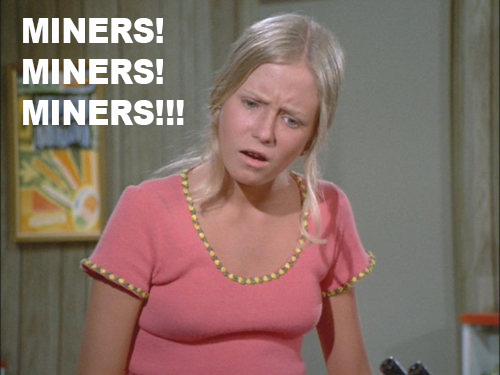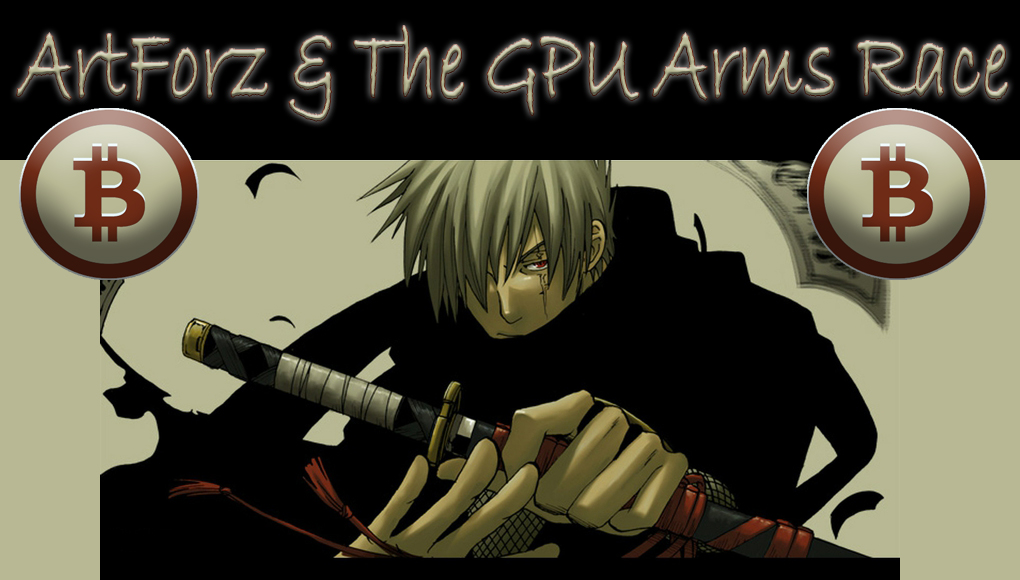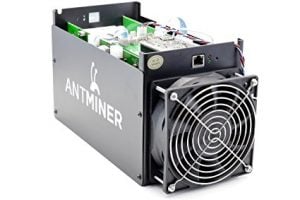
It’s coming close to a decade since the creation of the bitcoin network and the cryptocurrency ecosystem. The protocol has produced a great deal of users, infrastructure, businesses and influential parties like developers and miners. Since the beginning of bitcoin’s mining history, individuals mined lots of coins with central processing units (aka home computers). Later, characters like Artforz started the graphics processing unit (GPU) arms race, a moment in history that eventually led to a world of application-specific integrated circuit (ASIC) mining which changed the game significantly.
Also read: Trezor to Implement Bitcoin Cash Addresses
Proof-of-Work: Why Are Our Incentivized Custodians Often Considered ‘Evil’?
The cryptocurrency ecosystem is made up of a diverse group of people, but some specific ‘pools of individuals’ offer a great resource by securing the crypto economy for an incentive. Love them or hate them, bitcoin miners have been processing our blocks for years, the very blocks that hold the millions of transactions broadcast throughout the network. Even though miners have been simply following the protocol as it was written, these individuals have always been deemed ‘tendentious’ by certain groups and social figures within the cryptocurrency industry. Mining pools have suddenly become ‘evil groups’ who are allegedly planning malicious attacks on the network.
 Artforz Becomes the Bitcoin Community’s First Mining Villain
Artforz Becomes the Bitcoin Community’s First Mining Villain
Through an incentive-based system called Proof-of-Work (PoW), miners are rewarded with freshly minted coins when they find a new block. In the early days, guys like Satoshi Nakamoto and Hal Finney mined BTC with CPUs for the very first year of bitcoin’s life. However, not too long after, an anonymous individual called ‘Artforz’ figured out how to get large GPU mining farms to harvest BTC. Artforz, who controlled a lion’s share of hashrate at the time, started a vexed community argument that made Satoshi ask the community to slow the mining arms race down.
“We should have a gentleman’s agreement to postpone the GPU arms race as long as we can for the good of the network. It’s much easier to get new users up to speed if they don’t have to worry about GPU drivers and compatibility. It’s nice how anyone with just a CPU can compete fairly equally right now,” explains Nakamoto.
 Back in 2010, it was said that one individual named Artforz controlled a great majority of the BTC network hashrate.
Back in 2010, it was said that one individual named Artforz controlled a great majority of the BTC network hashrate.
The Age of Application-Specific Integrated Circuits
 An ASIC device.
An ASIC device.
A few years later, after Nakamoto left, numerous manufactured ASICs entered the scene, changing the industry forever. Gone are the days when bitcoins were mined from home computers, and they can’t be mined with GPUs either because the machines will not profit. These ASIC devices and their operators have become a central theme of discussion amongst cryptocurrency network participants for a long time. There have been also been many ASIC manufacturers, and lots of them



